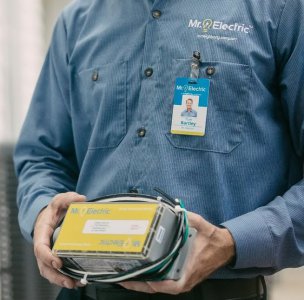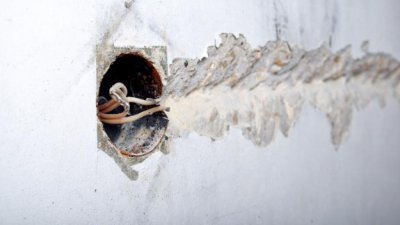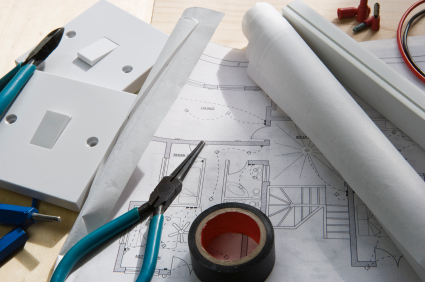Overloading vs. Faulty Wiring
In the modern world, electricity is the lifeblood that powers our homes and businesses. Yet, like any intricate system, our electrical networks can encounter problems that demand attention. Two common culprits that often lead to electrical complications are overloading and faulty wiring.
Understanding Overloading
Imagine your home's electrical system as a network of highways, with electricity flowing like traffic. Overloading occurs when you demand more electrical power than your system can safely handle. This usually happens when multiple high-power devices or appliances are used simultaneously, straining the capacity of your electrical circuits. Overloading can lead to tripped circuit breakers, blown fuses, and even pose the risk of electrical fires.
Signs of Overloading
- Frequent Circuit Breaker Tripping: If your circuit breakers trip frequently, it's a sign that the system is overwhelmed and trying to protect itself from potential damage.
- Dimming Lights: When you turn on a high-power device, like a vacuum cleaner, you might notice your lights momentarily dim. This indicates a momentary power draw that could contribute to overloading.
- Warm Electrical Outlets: If your electrical outlets feel warm to the touch, it could be a sign of excessive heat due to overloading.
- Burning Smell: A noticeable burning smell, especially near outlets or switches, should be taken seriously and investigated promptly.
Addressing Overloading
To address overloading, consider the following steps.
- Distribute Usage: Use high-power devices at different times to avoid overwhelming a single circuit.
- Upgrade Circuits: An affordable electrician at Mr. Electric can assess your electrical system and recommend upgrading circuits or adding additional outlets where needed.
- Unplug Unused Devices: Disconnect devices that aren't in use to reduce the load on your circuits.
Understanding Faulty Wiring
Faulty wiring refers to a range of issues within the electrical system, including damaged, outdated, or incorrectly installed wiring. Faulty wiring poses serious risks, as it can lead to electrical shocks, fires, and even electrocution. Identifying and rectifying faulty wiring is critical for the safety of your home and its occupants. Some signs of faulty wiring include:
- Flickering Lights: If your lights flicker or dim without an apparent reason, it could indicate damaged or inadequate wiring.
- Sparks or Electrical Surges: The occurrence of sparks, shocks, or electrical surges when plugging in devices is a clear sign of faulty wiring.
- Discolored Outlets: Outlets that are discolored or emit a burning smell should be examined immediately.
- Rodent Damage: Rodents can chew through wiring, leading to exposed and dangerous electrical components.
Addressing Faulty Wiring
- Hire an Electrician: If you suspect faulty wiring, contact a licensed electrician or electrical repair service immediately.
- Inspection: An electrician will thoroughly inspect your electrical system, identifying damaged or outdated wiring and recommending appropriate repairs.
- Electrical Rewiring: In some cases, extensive faulty wiring may require electrical rewiring. This involves replacing old or damaged wiring with new, safe wiring.
- Code Compliance: An electrician ensures that all repairs and rewiring adhere to local electrical codes and safety standards.
While overloading and faulty wiring are distinct issues, they both demand swift and expert attention. Overloading can strain your electrical system and lead to inconveniences, while faulty wiring presents serious safety hazards. By understanding the signs of these issues and knowing when to seek the expertise of an electrical repair service, you can ensure the safety, efficiency, and longevity of your electrical network.



